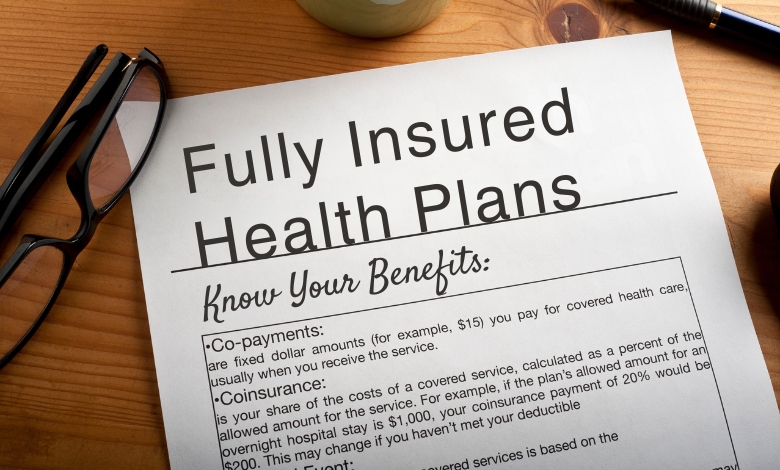Wondering “why do my gums hurt in one spot”? Discover common causes, effective treatments, and tips to ease gum pain in this helpful guide.
Have you ever been brushing your teeth or eating something crunchy, only to stop mid-bite because of a sharp, nagging pain in one specific spot on your gums? It’s frustrating, isn’t it? I found myself in this exact situation not too long ago. A dull ache on the left side of my gums turned into a sharp, persistent pain that just wouldn’t quit. I brushed, flossed, and even rinsed with saltwater, but the pain remained. It left me wondering: Why do my gums hurt in one spot?
If you’re reading this, chances are you’re in the same boat I was. The good news? You’re not alone, and there are answers. In this guide, I’ll take you through everything I learned, from potential causes to treatments that actually work. Plus, I’ll share my personal experience and insights to make this information as clear, actionable, and relatable as possible.
Article Breakdown
1. Common Causes of Gum Pain in One Spot
When my gums started hurting, I was surprised by how many potential causes there were. Here’s what I discovered:
1.1. Trapped Food Particles
One of the most common and innocent culprits is food getting lodged between your teeth or along your gumline. Think popcorn kernels, tiny seeds, or even fibrous meat. These bits can irritate your gums, causing localized pain. I remember once, after a movie night with popcorn, I felt a tender spot on my gums for days, turns out, a stubborn kernel was tucked away where my floss had missed.
How to Tell
- Pain is sharp and localized.
- It often worsens after eating.
What to Do
- Floss gently and rinse with water. If the pain persists, try a saltwater rinse (more on that below).
1.2. Gum Disease (Gingivitis or Periodontitis)
When I first started researching gum pain, I came across the term gingivitis, a mild form of gum disease caused by plaque buildup. Left untreated, it can progress to periodontitis, a more severe condition where the gums and bone supporting your teeth are damaged.
Symptoms
- Red, swollen gums that may bleed when brushing or flossing.
- Pain that feels deeper or more persistent.
Why It Happens
Poor oral hygiene allows plaque (a sticky film of bacteria) to accumulate, irritating your gums. Trust me, I learned this the hard way after skipping flossing for a few weeks.
1.3. Canker Sores
Canker sores are small, painful ulcers that can develop on your gums. While they aren’t contagious, they can be incredibly uncomfortable.
Symptoms
- A round, white or yellow sore with a red border.
- Pain that intensifies when eating spicy or acidic foods.
What Triggers Them?
Stress, minor injuries (like accidentally biting your gum), or even certain foods can set them off. I’ve noticed they tend to appear when I’m under a lot of pressure, like during a big work deadline.
1.4. Gum Infection
Bacterial or viral infections can also cause localized gum pain. For example, a tooth abscess (an infection at the root of a tooth) can create throbbing pain and swelling in the surrounding gums.
Symptoms
- Swelling, pus, or a bad taste in your mouth.
- Pain that doesn’t improve over time.
What to Do
If you suspect an infection, don’t wait, see a dentist. Infections can worsen quickly, and antibiotics or dental procedures may be necessary.
1.5. Other Causes
- Gum Recession: Gums pulling back from the teeth can expose sensitive roots, causing discomfort.
- Dental Restorations: Poorly fitting crowns or fillings can irritate the gums.
- Tooth Abscess: This serious condition requires immediate attention to avoid complications.
2. Treatment Options for Gum Pain
Now that we’ve covered the causes, let’s talk about what you can do. I’ve tried and tested many of these remedies myself.
2.1. Maintain Good Oral Hygiene
It sounds obvious, but brushing and flossing regularly is your first line of defense. Use a soft-bristled toothbrush to avoid irritating sensitive gums. I switched to an electric toothbrush, and it made a world of difference in how thoroughly I cleaned my teeth without overdoing it.
2.2. Saltwater Rinse
This simple home remedy works wonders for reducing inflammation and promoting healing. Just mix half a teaspoon of salt in warm water and swish it around your mouth for 30 seconds. I’ve used this trick countless times, it’s like a mini spa treatment for your gums.
2.3. Over-the-Counter Pain Relievers
If the pain is unbearable, ibuprofen or acetaminophen can help. Be sure to follow the dosage instructions and avoid using aspirin on the gums directly, it can do more harm than good.
2.4. Antiseptic Mouthwash
Using an antiseptic mouthwash can help kill bacteria and prevent plaque buildup. Just make sure it’s alcohol-free, as alcohol-based rinses can sometimes dry out your mouth and worsen gum irritation.
2.5. Professional Dental Care
If the pain persists or worsens, it’s time to see your dentist. They can:
- Remove trapped debris.
- Treat infections.
- Adjust poorly fitting dental work.
I learned this the hard way when my gum pain turned out to be an abscess. My dentist performed a quick procedure, and the relief was almost immediate.
3. When to Seek Emergency Dental Care
Sometimes, gum pain can signal something more serious. Seek immediate care if you experience:
- Severe pain that disrupts your daily activities.
- Swelling, fever, or pus (signs of infection).
- Difficulty breathing or swallowing.
These symptoms could indicate an abscess or other urgent condition that requires prompt treatment.
4. Preventive Tips for Healthy Gums
As someone who has dealt with gum pain more times than I’d like to admit, I’ve learned that prevention is far easier than dealing with the aftermath. Here’s what works for me:
4.1. Brush and Floss Consistently
Stick to a routine. I set a reminder on my phone to floss every night, it’s not glamorous, but it works.
4.2. Choose the Right Tools
Switch to a soft-bristled toothbrush and consider investing in an electric toothbrush. Pair this with fluoride toothpaste and floss designed for sensitive gums.
4.3. Schedule Regular Dental Checkups
Don’t skip your cleanings. Dentists can catch problems early before they escalate. Trust me, those biannual visits are worth it.
4.4. Eat a Balanced Diet
Vitamin C, calcium, and other nutrients are vital for gum health. I started adding more leafy greens and dairy to my meals, and my gums have never been happier.
Key Takings
- If you’re struggling with gum pain in one spot, don’t ignore it. Pain is your body’s way of signaling that something needs attention. Whether it’s a simple case of trapped food or a more serious issue like an infection, there’s always a solution.
- For me, the journey to healthier gums was a wake-up call. It forced me to re-evaluate my dental habits and take better care of my oral health. And while it wasn’t fun at the time, I’m grateful for the lessons it taught me, and now I’m sharing them with you.
- Take it from someone who’s been there: your gums (and your smile) are worth the effort. So start small, stay consistent, and don’t hesitate to seek help when you need it. You’ve got this!
Additional Resources
- 10 Possible Reasons Your Gums Hurt: This article explores common and surprising causes of gum pain, including gum disease, poor oral hygiene, and more.
- How to Treat Gum Pain: A helpful guide from WebMD on quick and effective ways to relieve gum pain, including home remedies and over-the-counter solutions.
- Why Do My Gums Hurt? Causes, Relief, and Prevention: Learn about various causes of gum pain and natural remedies to ease discomfort while preventing future issues. Let me know if you need anything else!



